#фауна
Text
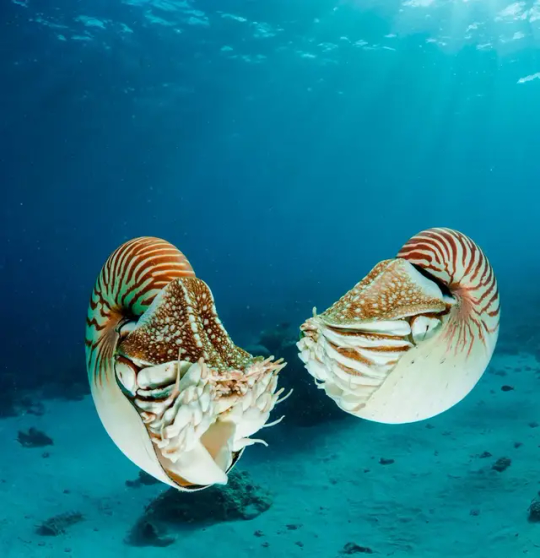

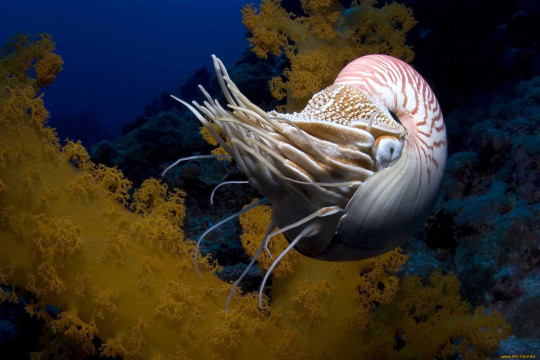
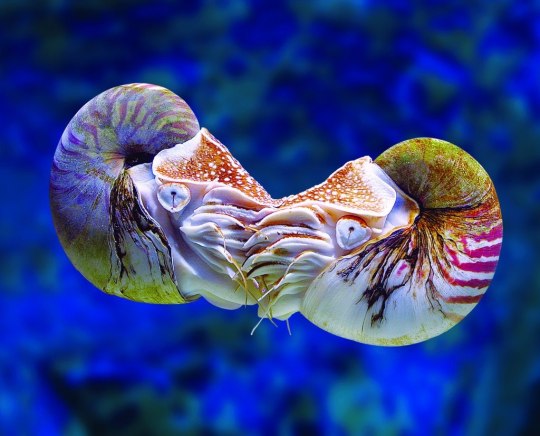
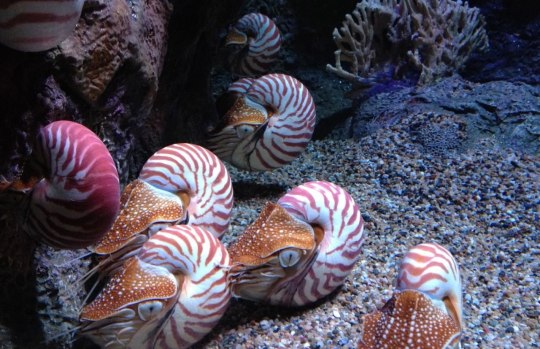

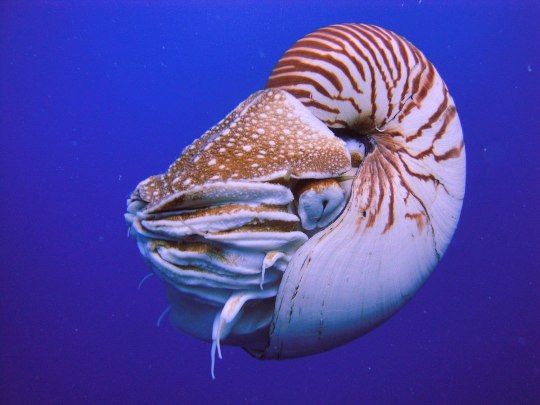





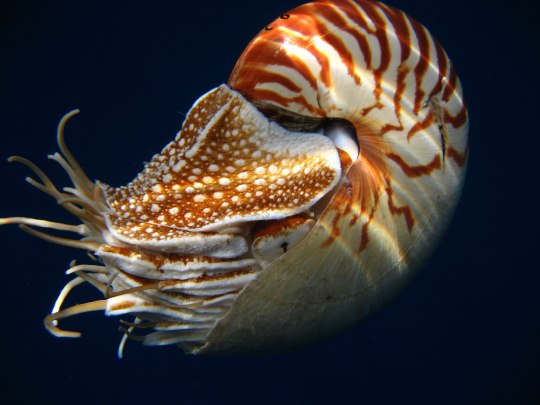


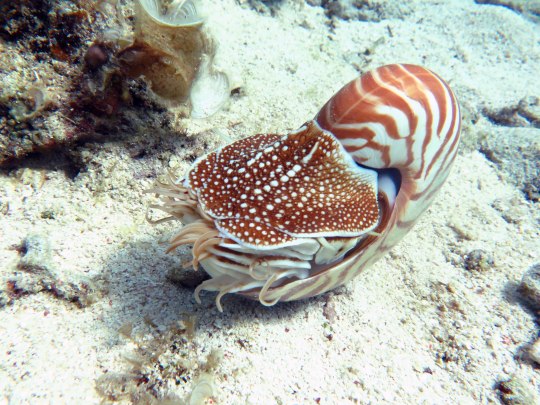
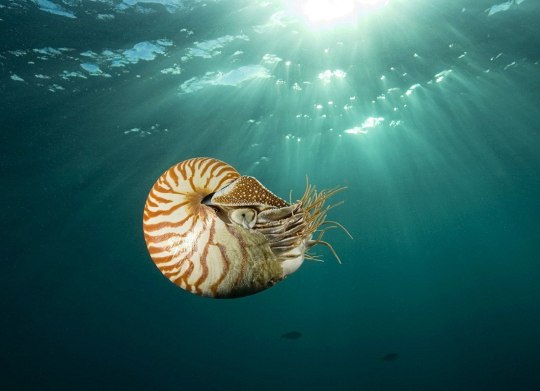

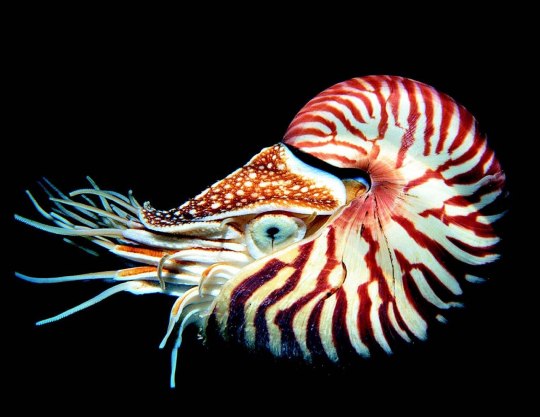

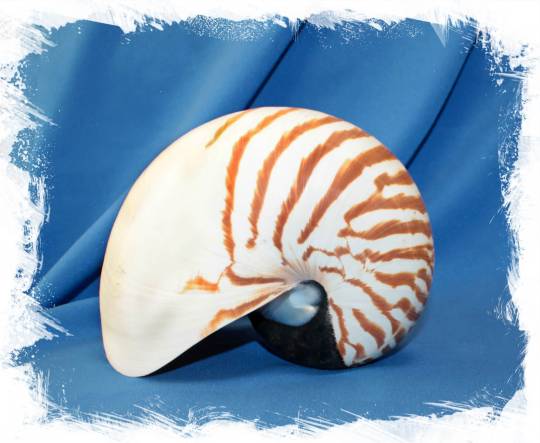
Наутилус (лат. Nautilus) — род головоногих моллюсков, которых относят к «живым ископаемым». Самый распространенный вид — Nautilus pompilius. Наутилусы относятся к единственному современному роду подкласса наутилоидей. Первые представители наутилоидей появились в кембрии, а его развитие пришлось на палеозой. Наутилиды почти вымерли на границе триаса и юры, но все же дожили до наших дней, в отличие от своих родственников аммонитов. Некоторые виды древних наутилусов достигали размера в 3,5 м. Представители самого крупного вида современных наутилусов достигают максимального размера в 25 см.
Спиральный «домик» моллюска состоит из 38 камер и «построен» по сложному математическому принципу (закон логарифмической прогрессии). Все камеры, кроме последней и самой большой, где размещается тело наутилуса с девятью десятками «ног», соединяются через отверстия между собой сифоном. Раковина наутилуса двухслойная: верхний (наружный) слой – фарфоровидный – действительно напоминает хрупкий фарфор, а внутренний, с перламутровым блеском – перламутровый. «Домик» наутилуса растет вместе с хозяином, который перемещается по мере роста раковины в камеру попросторней. Пустое жилище моллюска после его гибели можно встретить далеко от его места обитания – после гибели «хозяина» их раковины остаются на плаву и перемещаются по воле волн, ветров и течений.
Интересно, что двигается наутилус «в слепую», задом наперед, не видя и не представляя препятствий, которые могут оказаться на его пути.И еще одно удивительное качество этих древних обитателей Земли – у них потрясающая регенерация: буквально через несколько часов раны на их телах затягиваются, а в случае потери щупальца быстро отрастает новое.
Nautilus is a genus of cephalopods, which are classified as "living fossils". The most common species is Nautilus pompilius. Nautilus belong to the only modern genus of the Nautiloid subclass. The first representatives of the Nautiloids appeared in the Cambrian, and its development took place during the Paleozoic. The Nautilids almost died out on the border of the Triassic and Jurassic, but still survived to the present day, unlike their Ammonite relatives. Some species of ancient Nautilus reached a size of 3.5 m. Representatives of the largest species of modern nautilus reach a maximum size of 25 cm.
The spiral "house" of the mollusk consists of 38 chambers and is "built" according to a complex mathematical principle (the law of logarithmic progression). All chambers, except the last and largest, where the nautilus body with nine dozen "legs" is located, are connected through holes with a siphon. The nautilus shell is two–layered: the upper (outer) layer – porcelain–like - really resembles fragile porcelain, and the inner, with a mother-of-pearl luster - mother-of-pearl. The nautilus's "house" grows with its owner, who moves as the shell grows into a larger chamber. The empty dwelling of a mollusk after its death can be found far from its habitat – after the death of the "owner", their shells remain afloat and move at the will of waves, winds and currents.
Interestingly, the Nautilus moves "blindly", backwards, without seeing or imagining the obstacles that may be in its path.And another amazing quality of these ancient inhabitants of the Earth is that they have amazing regeneration: in just a few hours, the wounds on their bodies heal, and in case of loss of tentacles, a new one grows quickly.
Источник:://t.me/+t0G9OYaBjn9kNTBi, /sevaquarium.ru/nautilus/, /habr.com/ru/articles/369547/, //wallpapers.com/nautilus, poknok.art/6613-nautilus-molljusk.html, //wildfauna.ru/nautilus-pompilius, /www.artfile.ru/i.php?i=536090.
#fauna#video#animal video#marine life#marine biology#nature#aquatic animals#cephalopods#Nautilus#nautilus pompilius#living fossils#ocean#benthic#coral#plankton#beautiful#animal photography#nature aesthetic#видео#фауна#природнаякрасота#природа#океан#бентосные#головоногие моллюски#Наутилус#живое ископаемое#коралл#планктон
98 notes
·
View notes
Photo

Хищник из бразильских лесов
12 notes
·
View notes
Text
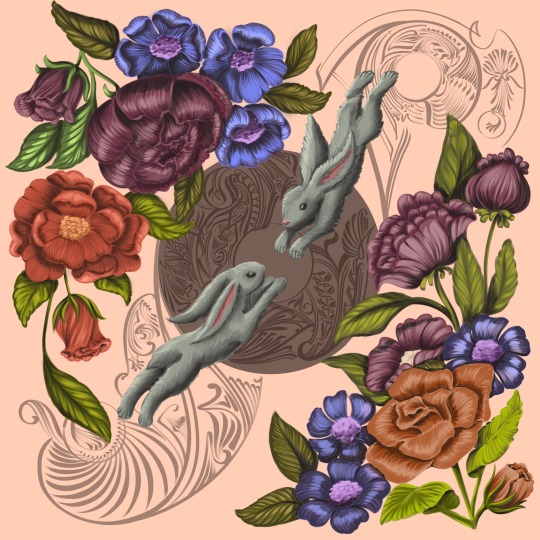

#цветы#букет#букетцветов#винтаж#заяц#зайцы#круг#декор#розы#пионы#хризантемы#флора#фауна#flowers#flowerart#bouquet#bouquetofflowers#vintage#hare#hares#circle#decor#roses#peonies#chrysanthemums#flora#fauna#pattern#patterndesign#doodle
5 notes
·
View notes
Text
27 notes
·
View notes
Text
And again the parrot.
Et encore le perroquet.
И снова попугай.
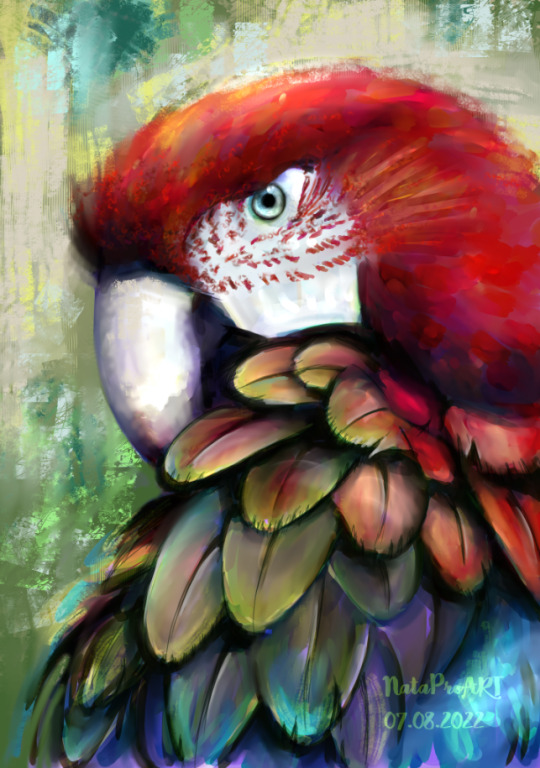
And again the parrot.
Et encore le perroquet.
И снова попугай.
youtube
#попугай#ара#птица#фауна#природа#перья#perroquet#ara#oiseau#faune#plumes#parrot#macaw#bird#fauna#nature#feathers#art#artist#artdrawing#artwork#artgallery#contemporaryart#cute#dailyart#dailydoodle#digital#digitalart#drawingsketch#drawing
3 notes
·
View notes
Text
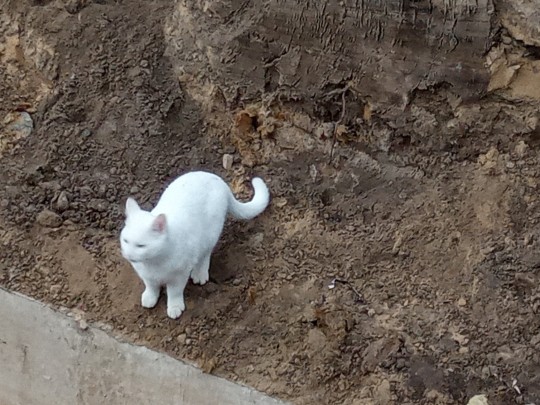


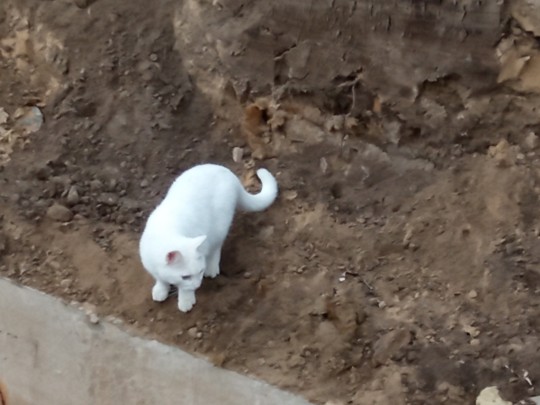



Хроники вчерашнего дня или фауна Воскресенки.
#хроники вчерашнего вечера#хроники вчерашнего дня#фауна#фауна Воскресенки#киевская фауна#кошка#кошки#Воскресенка 2024#кішки#кішка#Воскресенка
0 notes
Text
В России выявили, что фауна Сибири становится более южной из-за изменений климата
Южные виды растений и животных все больше расширяют свой ареал обитания на север - в Сибирь, что связано как с глобальным изменением климата, так и с действиями человека, выяснили в ходе исследования ученые Томского государственного университета (ТГУ).... Читать дальше »
0 notes
Video
youtube
Он должен всё успеть шмель за работой 🍎
0 notes
Photo
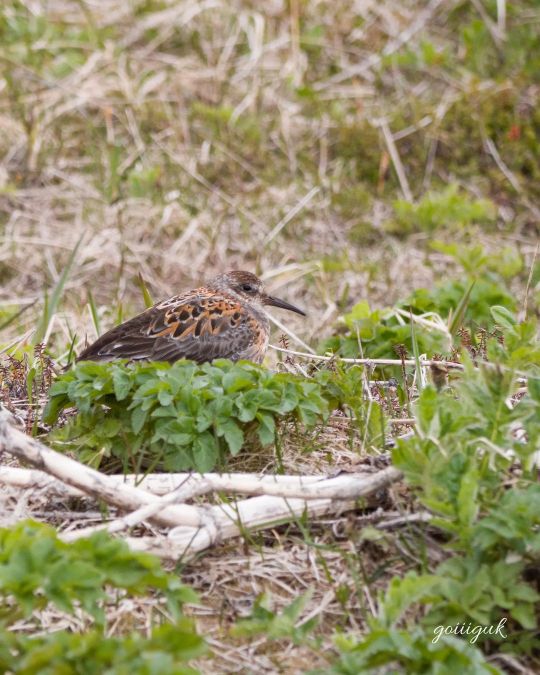
Уроки орнитологии. Беренгийский песочник🌿 . . . . #птицы #орнитолог #крылья #флора #фауна #натуралист #дикиеместа #заповедник #интересноеместо #интересное #подорогенасевер #островберинга #море (at Никольское, Остров Беринга) https://www.instagram.com/p/Ce7gs9sOXG7/?igshid=NGJjMDIxMWI=
#птицы#орнитолог#крылья#флора#фауна#натуралист#дикиеместа#заповедник#интересноеместо#интересное#подорогенасевер#островберинга#море
0 notes
Text
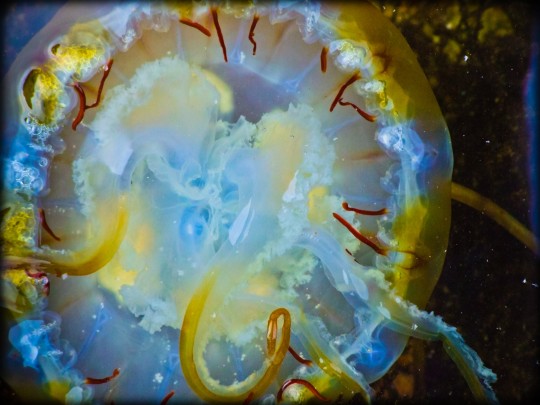

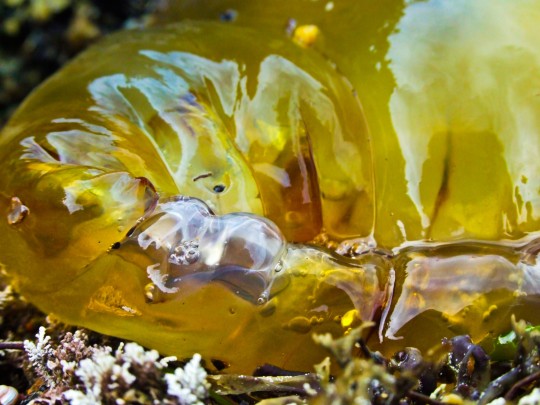
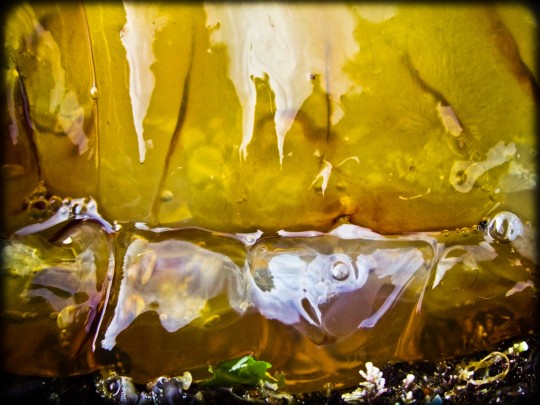



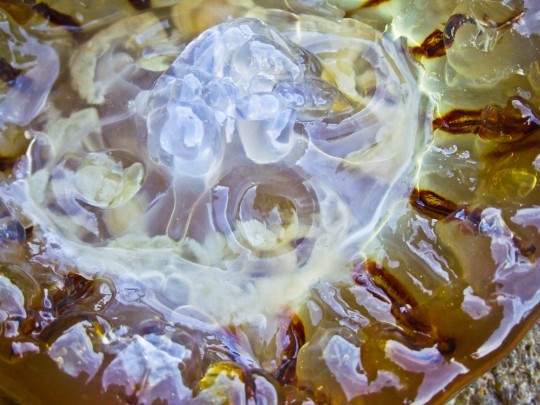
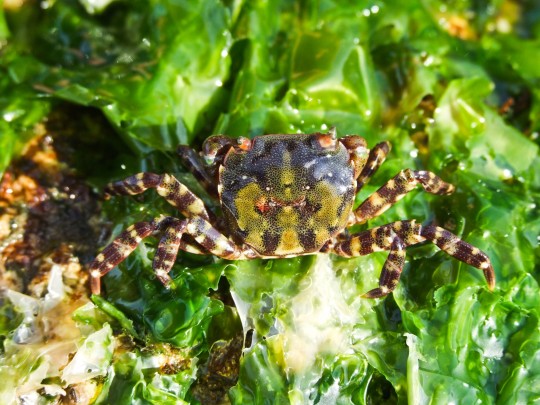

jellyfish still life
#Vladivostok#Primorye#Far Eastern Republic#Владивосток#Приморский край#Дальневосточная республика#jellyfish#медуза#мертвая медуза#морская фауна#кишечнополостные#морские беспозвоночные
1 note
·
View note
Text
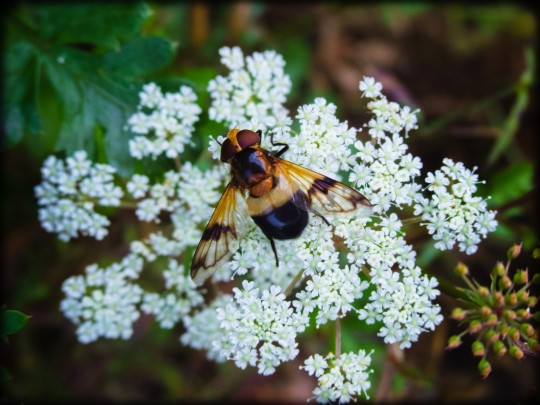
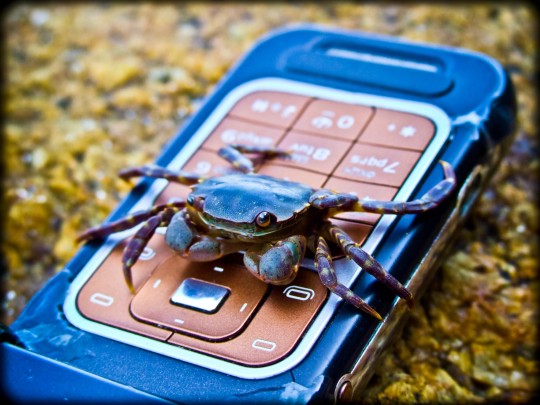
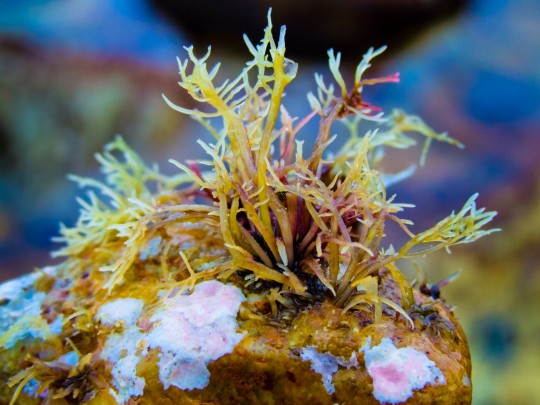
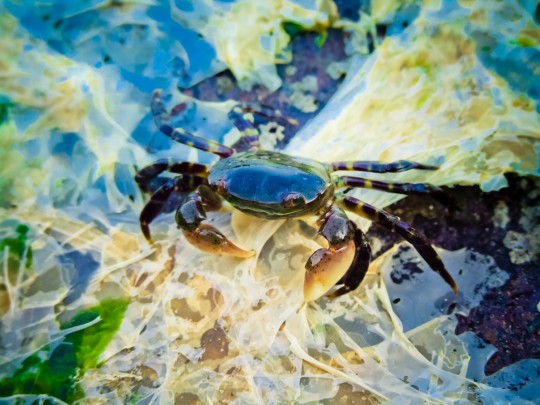
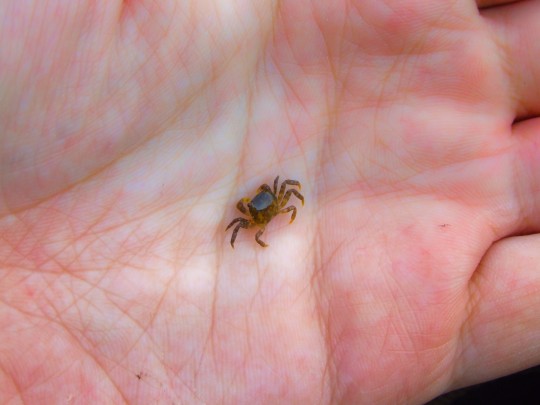
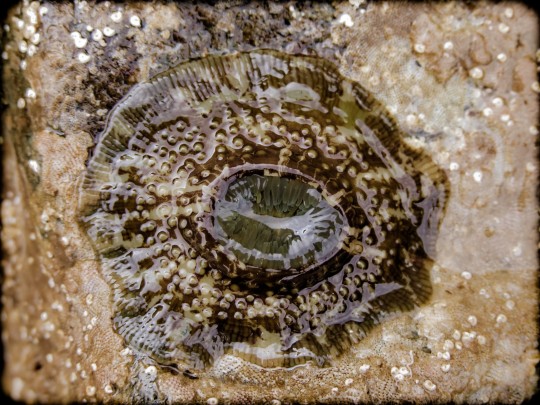


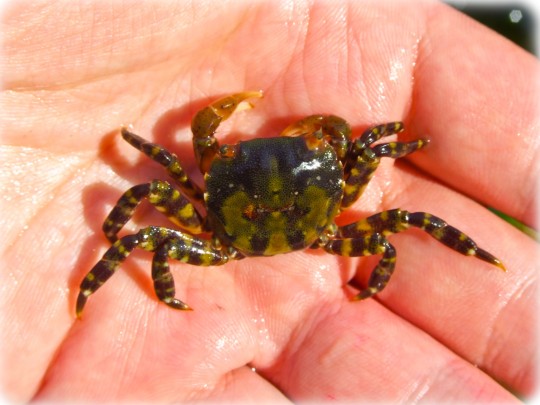
Природа Приморья
Nature of Primorye
#приморская природа#природа приморского края#природа окрестностей владивостока#природа дальневосточной республики#море#природа моря#крабики#членистоногие#беспозвоночные#морские беспозвоночные#прибрежная фауна#морская фауна#приморский край#дальневосточная республика#primorye#vladivostok#владивосток#Yuriy Karetin#yura karetin#[email protected]#yura15cbx#юра каретин#юрий каретин#авраам эдельберг#Avraam Edelberg
0 notes
Text






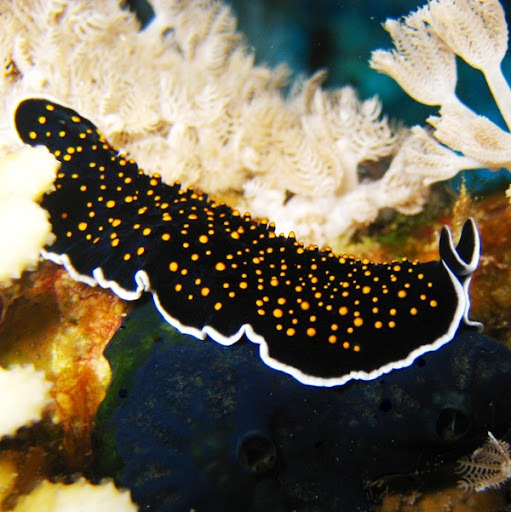




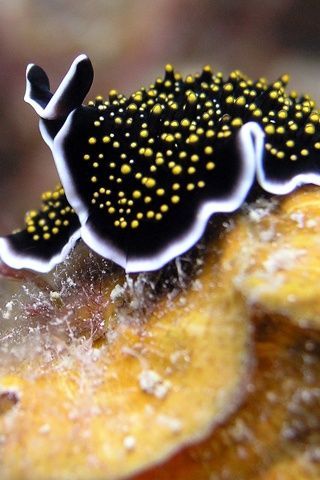

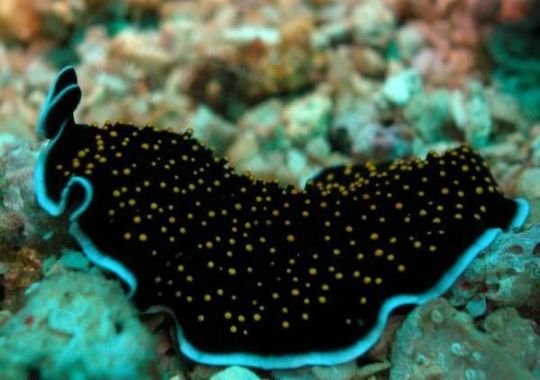
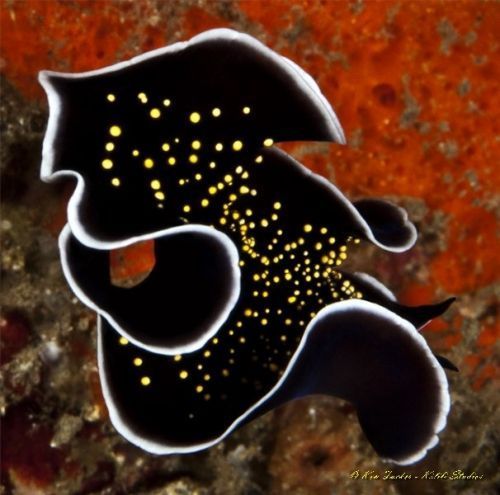

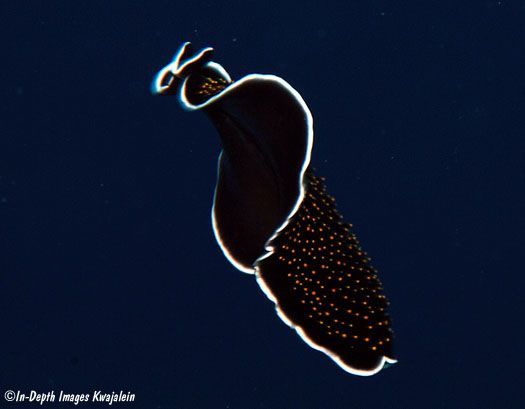

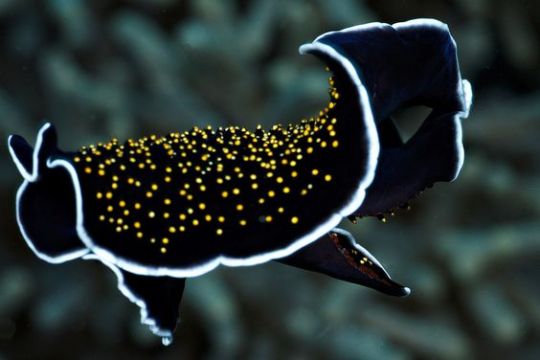
Червь плоский желтопятнистый (Thysanozoon havomaculatum) . Морской червь из класса ресничные черви, или турбеллярий. Принадлежит отряду Поликлад. Имеет уплощённое, овальное тело, покрытое ресничным эпителием. Длина этого симпатичного создания около 4 см, а толщина всего пару миллиметров. Передний конец его тела несёт пару щупалец. Мускулатура этого плоского червя многослойная, хорошо развитая, благодаря ей он способен подниматься в толщу воды за счёт ундулирующих движений краёв тела, а не только обитать на дне. Этот свободноживущий плоский червь питается преимущественно как хищник, водными беспозвоночными. Встречается в морях вокруг Австралии и Индонезии.
Yellow-spotted flatworm (Thysanozoon havomaculatum). A marine worm from the class of ciliated worms, or turbellarians. Belongs to the Polyclad squad. It has a flattened, oval body covered with ciliated epithelium. The length of this cute creature is about 4 cm, and the thickness is only a couple of millimeters. The front end of its body bears a pair of tentacles. The musculature of this flatworm is multi-layered, well developed, thanks to it it is able to rise into the water column due to undulating movements of the edges of the body, and not just live on the bottom. This free-living flatworm feeds primarily as a predator on aquatic invertebrates. It is found in the seas around Australia and Indonesia.
Источник:https://t.me/+t0G9OYaBjn9kNTBi, //www.webdive.ru/fotocat.php?t=11&id=20542&mode=view, http://mylongdongbay.blogspot.com/2007/07/save-ocean-cherish-marine-lives.html, /ru.pinterest.com/pin/630644754053053958/, http://www.akkiira.com/hiramushi/yoimiyaminohiramusi-swimming.html, //foxford.ru/wiki/biologiya/tip-ploskie-chervi?utm_referrer=https%3A%2F%2Fwww.google.com%2F.
#fauna#video#animal video#marine life#marine biology#nature#aquatic animals#Polyclad#Yellow-spotted flatworm#ocean#sea#corals#plankton#animal photography#nature aesthetic#видео#фауна#природа#Поликлады#Червь плоский желтопятнистый#океан#кораллы#планктон#море
819 notes
·
View notes
Photo
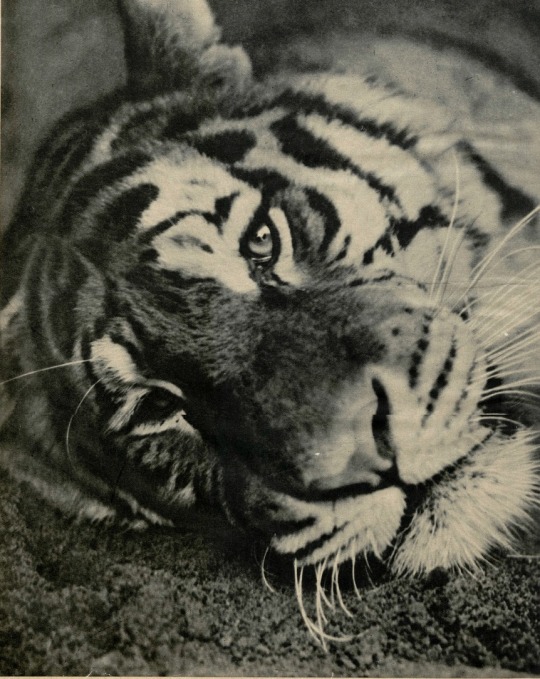
7 notes
·
View notes
Text
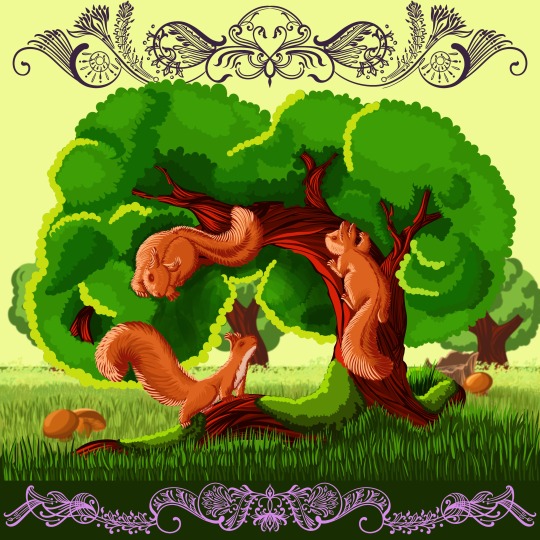

#белка#белки#дерево#фауна#лес#squirrel#squirrels#threesquirrels#tree#running#treeclimbing#fauna#forest#wild#pattern#patterndesign#doodle#doodlesketch#doodledrawing#procreate#procreateart#узоры#дудл#магия#gelpendrawing#gel_pen#gel_pen_art#gelpenart#gelpen#marker
3 notes
·
View notes
Text
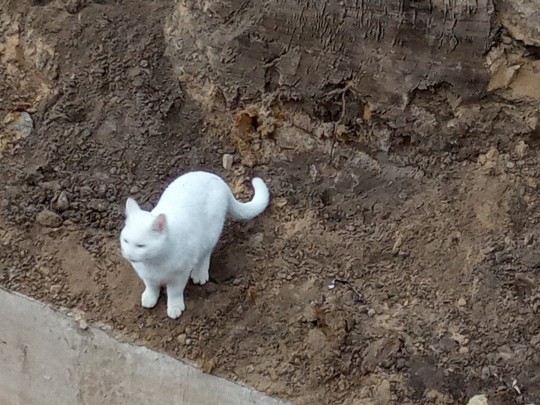





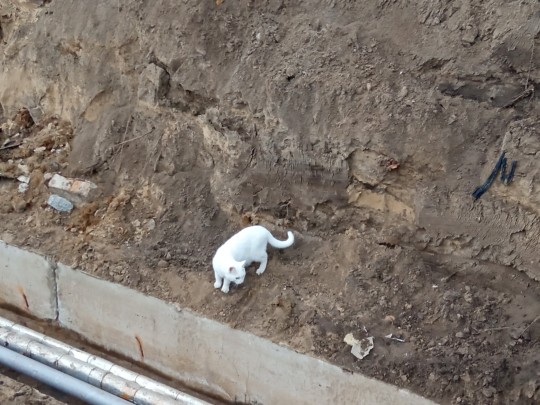
Фауна Воскресенки.
Αιλουρίνες
#фауна Воскресенки#Воскресенка 2024#Воскресенка#Кошка#собачки кошечки#voskresenka 2024#viskresenka#felis#cats#малые кошки#Αιλουρίνες#малі кішки#кішки#felinae#Felidae.
1 note
·
View note
Text
Фауна Мадагаскара сможет восстановиться только через 3 млн лет
Европейские и американские ученые выяснили, что... Читать дальше »
0 notes